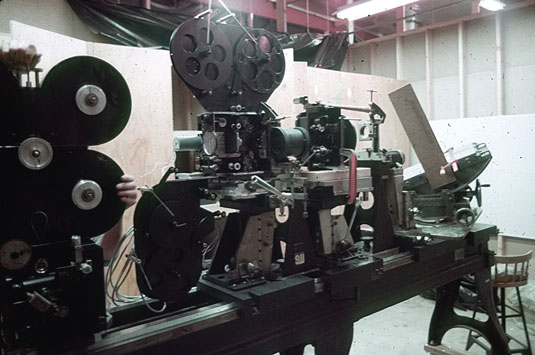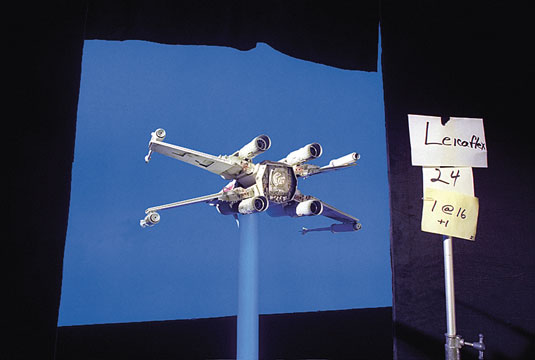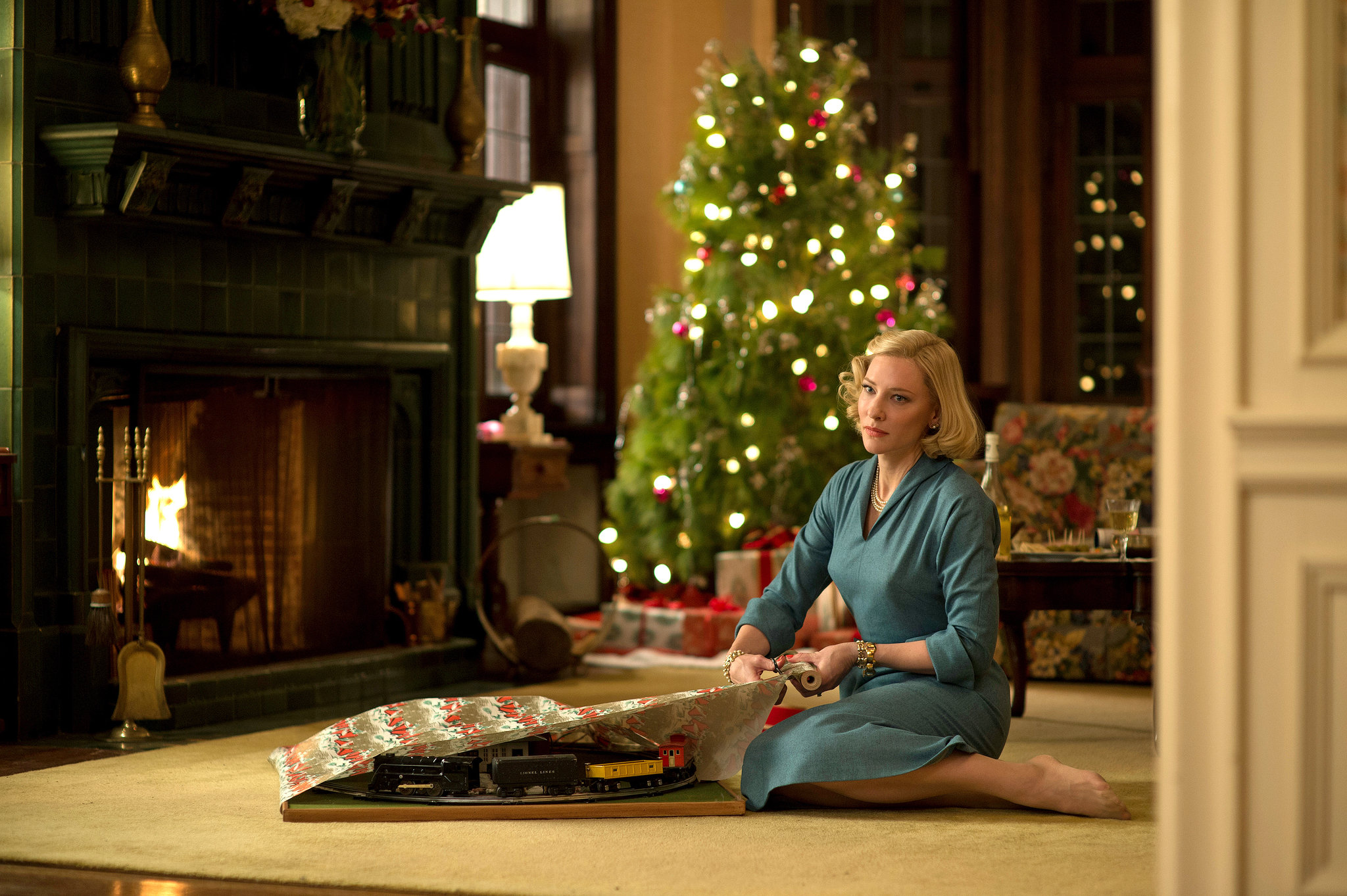The secrets behind Star Wars' special effects
It was the movie that changed everything. But Star Wars was made on an X-wing and a prayer, reveals Oscar-winning Richard Edlund
The Anderson printer

"We thought if we were going to have a VistaVision optical printer, we could make 2:1 optical reductions, which would eliminate the dupe look. In other words, that would give us an advantage in reduction that would minimise, if not dispense with, the dupe look that would normally happen when you make composites when they are 1:1."
Howard Anderson of Paramount offered to sell his printer, a couple of roto stands and a few extra cameras for around $14,000. "We went to see the printer. The light switches were the kind you turn, from the 1940s. The room had been untouched since 1956. The last camera report written up on The Ten Commandments, the last thing that had been shot, was sitting on the write-up table. They just left."
Dick Alexander totally rebuilt the printer in the machine shop, and David Grafton designed a special lens that didn't require the cursed field lens. "In other words, when you have two projectors and a camera, the first projector can have a matte and be operating with an object, and the second projector projects an aerial image at the focal plane of the first projector.

"In order to do that, you have to evenly illuminate the combined images and in order to do that, you have to put a simple convex lens in the optical path – which did provide even illumination but it destroyed the optical properties of the lens that was feeding the image through, adding chromatic aberrations and geometric distortion.
"With such impairment, getting rid of dreaded matte lines became nearly impossible.
Next page: experiments with light...
Daily design news, reviews, how-tos and more, as picked by the editors.

The Creative Bloq team is made up of a group of art and design enthusiasts, and has changed and evolved since Creative Bloq began back in 2012. The current website team consists of eight full-time members of staff: Editor Georgia Coggan, Deputy Editor Rosie Hilder, Ecommerce Editor Beren Neale, Senior News Editor Daniel Piper, Editor, Digital Art and 3D Ian Dean, Tech Reviews Editor Erlingur Einarsson, Ecommerce Writer Beth Nicholls and Staff Writer Natalie Fear, as well as a roster of freelancers from around the world. The ImagineFX magazine team also pitch in, ensuring that content from leading digital art publication ImagineFX is represented on Creative Bloq.
